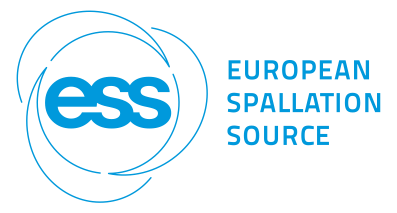Speaker
Dr
Mario Santana Leitner
(SLAC National Accelerator Laboratory)
Description
Uncontained radiation showers and stray radiation at particle accelerators interact with the air volume surrounding the beam-line, leading to the generation of a broad variety of radio-isotopes, some of which have sufficiently long half-lives to either potentially reach the public after the release of air to the atmosphere or to be present in substantial amounts in the accelerator building after a delayed access to the facility following beam shut-off.
High-energy lepton machines and light sources are no exception to this due to spallation and photonuclear reactions from the energetic electromagnetic cascades at beam-loss points such as collimators and dumps. Commonly accepted mitigations for this include local shielding, air ventilation controls and associated monitoring instrumentation. A less known source of air activation is dark current from the superconducting cavities of high-power accelerator such as future LCLS-II Hard X-Ray source, which includes a 4.5 GeV/250 kW superconducting electron linac. This paper shows recent simulations of dark current performed with FLUKA and Track3P, which suggest that this typically-neglected term for air activation could in some cases be comparable to electron beam losses at warm sections. Those areas would then need controls, although their implementation could be more challenging than usual. Future measurements of field emission and resulting air activation will investigate this further.
Author
Dr
Mario Santana Leitner
(SLAC National Accelerator Laboratory)
